|
Strolling Regent's Park and Victoria Tower Gardens on a nice summer afternoon.
Technical details: Fuji X-M1 with 50-230mm and 60mm lenses.
0 Comments
Another new toy - the Fujinon XC 50-230mm lens. Although the build quality is not in the same league as the XF lenses, the image quality is still very good! And the image stabiliser certainly works well - Photo 4 was taken at a 200mm focal length with a 1/14th second shutter speed - I make that a good 4 stops.
Photos four and five taken in the Serpentine Gallery within the park, and the last photo is taken on Chelsea Bridge.... all other photos taken somewhere within the massive 350 acre Royal Park. Technical details: Fuji X-M1 with Fujinon 50-230mm lens. Apologies for the delay folks... I have been taking lots of photos but just slow to update the blog so expect to see lots of updates soon!
Photos taken during the flooding in the Aquadrome (shouldn't have been a big surprise... although wasn't expecting some of the paths to be knee-deep in water!) Obviously some just show life on the canal which wasn't as affected except for the first photo where it overflowed into a stream leading down to the car park! The sixth photo shows a lovely rustic swing hung from a large tree which we often used to ride... perhaps not any more. Technical details: Sony a850 with Sigma 50-500mm (Bigma) lens. Like last year (click here), here is another round-up of some of the most memorable images taken over the past year. Click the photos to navigate to the associated full blog post. Happy viewing!
Please take a few minutes to vote for your favourite photos - click here. How apt that the final post from India ends at the southernmost tip of the country at Kanyakumari, where three great seas meet - the Bay of Bengal, the Arabian Sea, and the Indian Ocean. From certain locations, you can see sunrise and sunset over the water from the same place! First three photos are of sunset taken at the southernmost tip (although I didn't venture out onto the rocky boulders with the vicious monsoon waves!) and also from the sunset tower. The last three photos taken from the balcony of the Sea View hotel. This was my third visit (while on the theme of 3s!) to the holy pilgrimage site, and Kanyakumari has not yet failed to produce a magnificent sunrise and sunset!
"According to Hindu legend, Kanya Devi, an avatar of Parvati, was to marry Siva, but as he failed to show up on his wedding day, the rice and other grains meant for the wedding feast remained uncooked and remain unused thereafter. As the legend goes, the uncooked grains turned into stones as time went by. Some believe that the small stones on the shore today, which look like rice, are indeed grains from the wedding that was never solemnised. Kanya Devi is now considered a virgin goddess who blesses pilgrims and tourists who flock the town" (Wikipedia). Technical details: Sony a850 with Tokina 19-35mm and Tamron 28-75mm lenses. First photo taken along the lively Kovalam beach. Trivandram (officially and locally known as
Thiruvananthapuram) is the capital of Kerala and the zoological gardens are located in the grounds of the picturesque Napier Museum. Species from the zoo below are the lion-tailed macaque (local to South India), a gharial (crocodile family, another native Indian species), hippos and a majestic peacock! Technical details: Sony a850 with Tokina 19-35mm and Minolta 70-210mm lenses. The Jamma Masjid was the principle mosque of Old Delhi. It took 6000 workers almost six years to complete (finished in 1656) and he courtyard of the mosque can hold up to 25,000 worshippers!
Photos 6-10 are taken at Red Fort (or Lal Qila), another piece of Shah Jahan's famous architechture from the 17th century. Named after the red sandstone used to build the massive walls that surround the fort, Red Fort was contructed in 1638 when the capital was shifted from Agra to Delhi. Photo 8 shows the abundance of bird life in this part of Northern India. The next four photos are taken at Charity Birds Hospital located within the compound of Lal Mandir, a nearby Digambar Jain Temple. Working with the Jain principles of "maitri bhaav" (friendship with all living beings) and "live and let live", dedicated vets attend to hundreds of birds that have been hurt and injured. The baby pigeon was only two days old, although the sanctuary housed many larger birds including kites and peacocks. More details can be found here. The last photo is taken at Raj Ghat, the site at which Mahatma Gandhi was cremated. Technical details: Sony a850 with Tokina 19-35mm and Tamron 28-75mm lenses. A selection of nature photos taken in early May - the beauty of Spring can certainly be seen in the flowers and young chicks below! Flowers Location: In the Garden Technical details: Sony a850 with Sigma 105mm lens. Birds Location: Springwell Lake, Rickmansworth Technical Details: Sony a850 with Sigma 50-500mm (Bigma) lens. Location: Regent's Park and Hampstead Heath
Technical Details: Sony a850 with Minolta 70-210mm f4 lens. The North Wessex Downs is an Area of Outstanding Natural Beauty (AONB), is located in the counties of Berkshire, Hampshire, Oxfordshire and Wiltshire. Today's delightful post is composed by Dan:
With Niraj’s departure to India imminent, this would be the last of our epic odysseys for some time (except of course for the one Niraj was going on). It was doubly important therefore that this walk was befitting of the occasion. Not to their detriment, the North Wessex Downs have escaped the limelight of other, more popular walking destinations in the South – fading somewhat into obscurity behind the Cotswolds, Chilterns and the like. But in spite of this little injustice, one cannot help secretly wish they would stay that way. The quiet anonymity of these glorious hills and sleepy villages, add to their unique charm. Our walk began at the village of Kintbury, perched on the River Kennet. It is not hard to imagine why this little known tributary of the Thames was the inspiration behind Kenneth Grahame’s classic Wind in the Willows. Down the road from Kintbury Station and before the turning for the start of the trail, was the splendid Blue Ball pub – perhaps one of the few places in the country that can boast on its menu, wood fired pizza. A short way into the walk, crossing some fields we caught our first glimpse of the red kites common to the region – soaring under the mid-morning sun. These majestic birds glided effortlessly, barely flapping a wing. Beyond, emerging through a small pocket of woodland, we were greeted by the sight of newly born lambs. We paused for a while, taking in this simplest of nature’s spectacles. Further down we stopped for lunch at the Swan – an organic gastropub sourcing almost all of its produce locally from its own land and neighbouring farms. Back up the road we stopped over at Inkpen Church – I have long believed that no walk is complete without a village church stop, preferably one with a graveyard too. This church was among the nicest we have seen in all our walks. Around halfway point we began the short, steep climb up Inkpen Hill. The views from the hill were nothing short of spectacular, with a panorama over five counties (though one could not really tell which was which). We continued on to the gibbet, a 17th Century hanging mast sited on top of the hill. The route took us back, completing a circular trail through the hillsides, patches of woodland and back to Kintbury. Technical details: Sony a850 with Sigma 50-500mm (Bigma) lens. Just a few photos taken during a walk in the Aquadrome on a nice Spring weekend.
Technical details: Sony a850 with Sigma 50-500mm (Bigma) lens. |
Vote for your favourite 2013 photos here!
Archives
July 2014
Categories
All
|
© 2016 Capture the Soul Photography. All rights reserved.








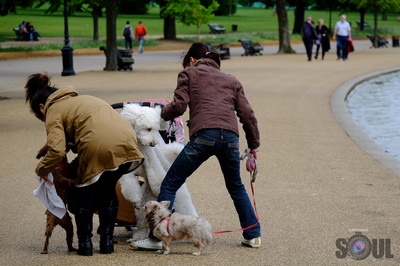

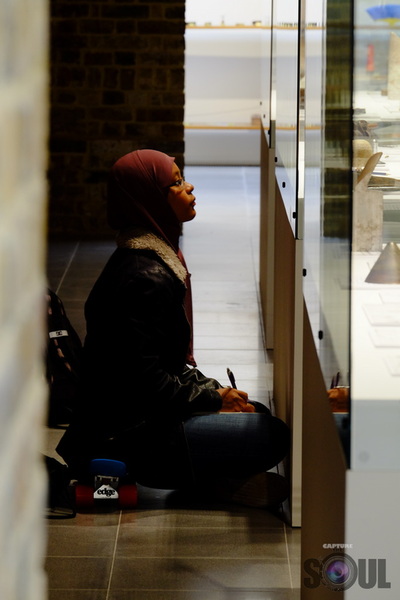



























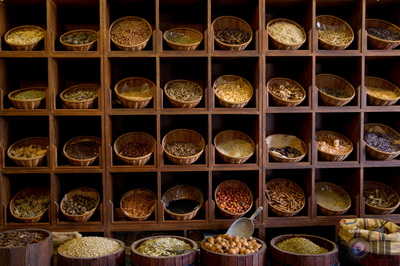













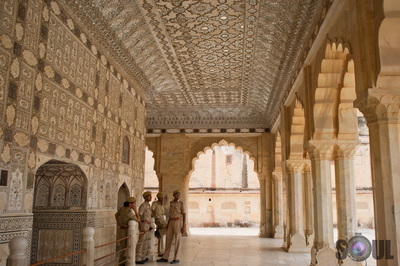










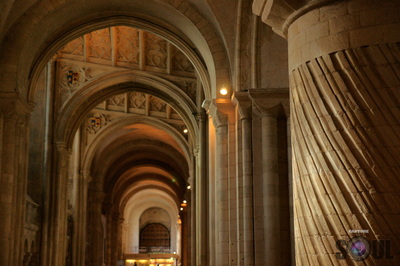





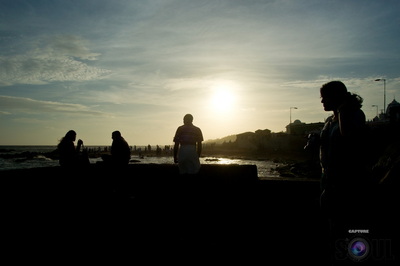



















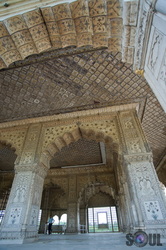


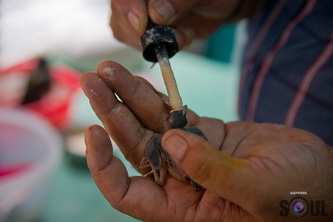

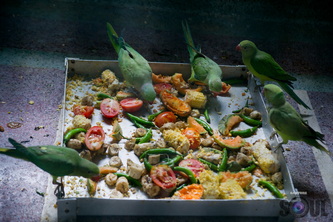
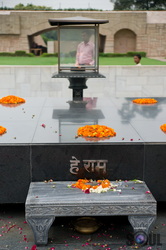



















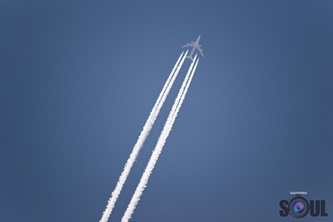


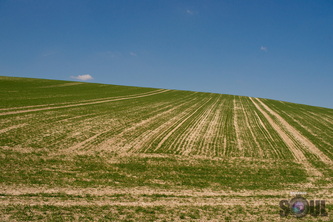
















 RSS Feed
RSS Feed